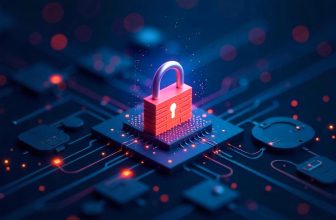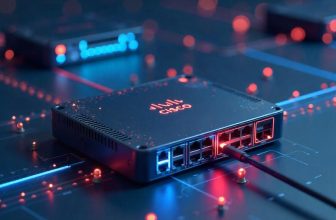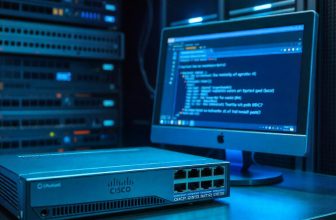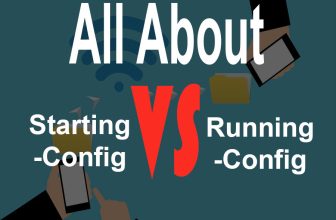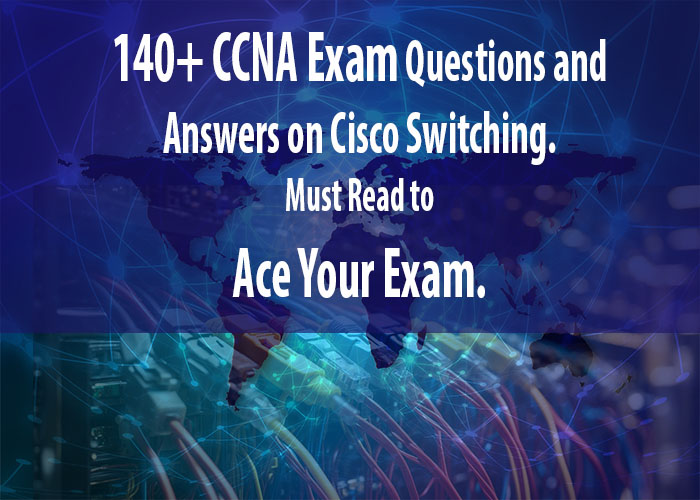
Q. 131:
What Cisco proprietary protocol is used to bundle multiple physical links into one logical link?
a) LACP
b) PAgP
c) VTP
d) STP
Answer: (b) PAgP
Q. 132:
Which feature should be enabled on Cisco switch ports connected to end devices to help prevent loops?
a) PortFast
b) BPDU Guard
c) Root Guard
d) EtherChannel
Answer: (a) PortFast
Q. 133:
What is the main purpose of using VLANs on a network?
a) To reduce broadcast domains
b) To increase bandwidth
c) To enable Layer 3 switching
d) To simplify subnetting
Answer: (a) To reduce broadcast domains
Q. 134:
Which spanning tree protocol is Cisco’s proprietary version designed for per-VLAN support?
a) STP
b) PVST+
c) RSTP
d) MST
Answer: (b) PVST+ (Per VLAN Spanning Tree Plus)
Q. 135:
Which command is used to configure a switchport to use 802.1Q trunking?
a) switchport trunk encapsulation dot1q
b) switchport trunk mode dot1q
c) switchport encapsulation trunk
d) trunk dot1q enable
Answer: (a) switchport trunk encapsulation dot1q
Q. 136:
What happens when a port with PortFast enabled receives a BPDU?
a) The port transitions to the forwarding state
b) The port becomes a designated port
c) The port transitions to the blocking state
d) The port transitions to the root port
Answer: (c) The port transitions to the blocking state
Q. 137:
Which command enables the protection of a switch from receiving BPDUs on ports that have been configured as PortFast?
a) spanning-tree portfast
b) spanning-tree portfast bpduguard
c) spanning-tree guard root
d) spanning-tree bpduguard enable
Answer: (d) spanning-tree bpduguard enable
Q. 138:
Which protocol allows switches to automatically negotiate link aggregation?
a) STP
b) PAgP
c) LACP
d) VTP
Answer: (c) LACP
Q. 139:
What is the main purpose of Root Guard in a spanning tree topology?
a) To prevent BPDU flooding
b) To prevent a non-root switch from becoming the root
c) To prevent loops in redundant connections
d) To limit the size of the spanning tree topology
Answer: (b) To prevent a non-root switch from becoming the root
Q. 140:
Which command would you use to view the MAC address table on a Cisco switch?
a) show mac-address
b) show mac address-table
c) show interfaces mac-address
d) show mac table
Answer: (b) show mac address-table


